source: gift
Waistcoats and Weaponry by Gail Carriger
series: Finishing School (3)
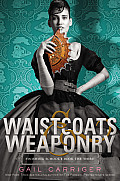 Waistcoats and Weaponry is the third book in the Finishing School series after Etiquette and Espionage (see post) and Curtsies and Conspiracies. I'd had it on my wishlist ever since that once-just-books-now-everything online retailer had it available for pre-order. Since it came out in November, I didn't go ahead and buy myself a copy in the hopes of getting it for Christmas.1 So sure was I that I'd have a copy of Waistcoats and Weaponry in hand by the end of December2 that I started rereading Etiquette and Espionage in preparation.3 And get it for Christmas, I did - two copies! Both Russell and my mom purchased the book from my wishlist at that site.4 I assured my mother, who was quite a bit more concerned about the duplicate gift than Russell, that getting two copies was not a problem at all and that I knew exactly what to do with the second one. A few days later I sent it along to sister-in-law #3 and niece #1, to whom I'd previously given the series' first installments.
Waistcoats and Weaponry is the third book in the Finishing School series after Etiquette and Espionage (see post) and Curtsies and Conspiracies. I'd had it on my wishlist ever since that once-just-books-now-everything online retailer had it available for pre-order. Since it came out in November, I didn't go ahead and buy myself a copy in the hopes of getting it for Christmas.1 So sure was I that I'd have a copy of Waistcoats and Weaponry in hand by the end of December2 that I started rereading Etiquette and Espionage in preparation.3 And get it for Christmas, I did - two copies! Both Russell and my mom purchased the book from my wishlist at that site.4 I assured my mother, who was quite a bit more concerned about the duplicate gift than Russell, that getting two copies was not a problem at all and that I knew exactly what to do with the second one. A few days later I sent it along to sister-in-law #3 and niece #1, to whom I'd previously given the series' first installments. In any case because I also wanted to reread Curtsies and Conspiracies before I started my new acquisition, Waistcoats and Weaponry ended up being the first book I finished in 2015. It was a good way to start the year because it was such a satisfying read, giving me exactly what I've come to expect from Carriger, whose work I enjoy (see posts), and from this series in particular. In Waistcoats and Weaponry, Sophronia and her friends are properly transitioning out of childhood (complete with the realization that maybe they aren't quite ready for everything that means) and Carriger handles it beautifully. It's also significant to note that I finished Waistcoats and Weaponry with a desire to reread the Parasol Protectorate books (see post) because of a suspicion that if I look closely enough I may find evidence of another of the Finishing School characters that I didn't original recognize as a character from Parasol Protectorate.
- I tried my best to ensure this eventuality by dropping copious hints to Russell.
- If Santa et al failed me I was prepared to purchase a copy myself.
- When it's been a while since I've read a series earlier installments, I like to reread them so that they are fresh in my mind before I start the latest one. Also, see note #1.
- Site hiccup or user error? You be the judge.

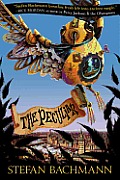 Changeling — The child of a faery and a human, a changeling is small, sickly, and sharp-faced, and, if his faery-blood is particularly strong, he will have branches growing out of his head instead of hair. He is not expected to live past the age of twelve. [...] Half-bloods are forever being hung by the superstitious lower class, or stolen by the faeries who hate them for their ugliness. They spend most of their short lives locked-up and hidden away. (Bachmann's
Changeling — The child of a faery and a human, a changeling is small, sickly, and sharp-faced, and, if his faery-blood is particularly strong, he will have branches growing out of his head instead of hair. He is not expected to live past the age of twelve. [...] Half-bloods are forever being hung by the superstitious lower class, or stolen by the faeries who hate them for their ugliness. They spend most of their short lives locked-up and hidden away. (Bachmann's 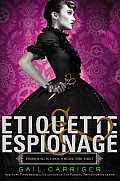
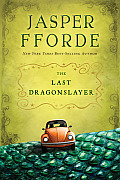
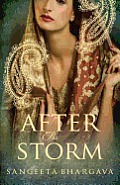
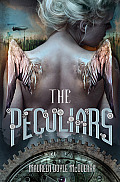



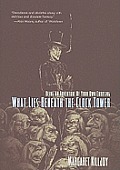
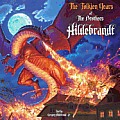



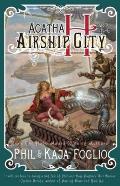

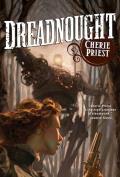
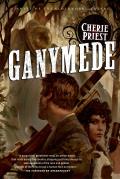
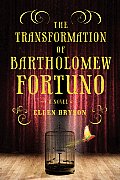 From my dad's Amazon wishlist I selected,
From my dad's Amazon wishlist I selected, 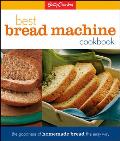 My mom received
My mom received 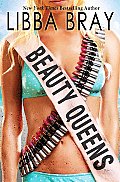 While
While 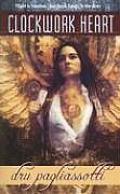 I really enjoyed
I really enjoyed 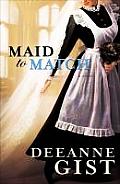 Historical romance set in Asheville, North Carolina circa 1899. Tillie is a senior parlormaid at Biltmore when she has a chance to become Mrs. Vanderbilt's ladies maid, position for which she's been groomed her entire life. Her priorities shift when Mack, twin of the undeniably handsome steward Earl, comes to live at Biltmore as a man of all work.
Historical romance set in Asheville, North Carolina circa 1899. Tillie is a senior parlormaid at Biltmore when she has a chance to become Mrs. Vanderbilt's ladies maid, position for which she's been groomed her entire life. Her priorities shift when Mack, twin of the undeniably handsome steward Earl, comes to live at Biltmore as a man of all work. 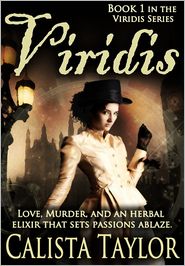 I hadn't heard of
I hadn't heard of 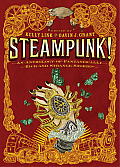 I posted about
I posted about 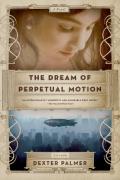 As I
As I 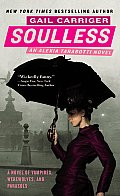
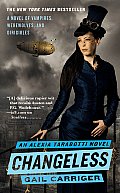
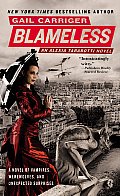
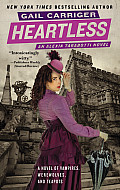
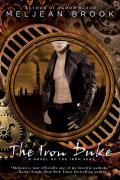 As I mentioned
As I mentioned